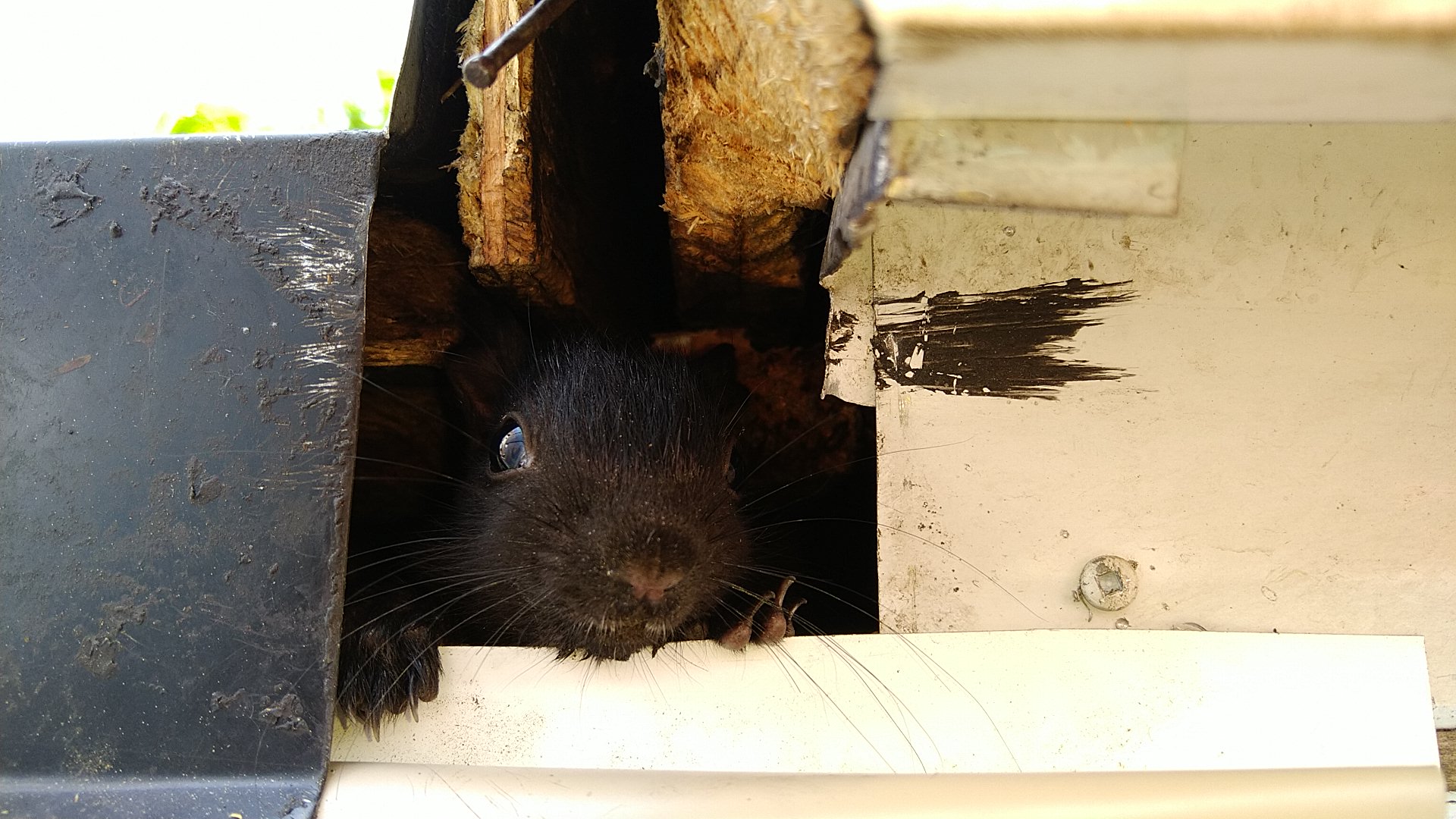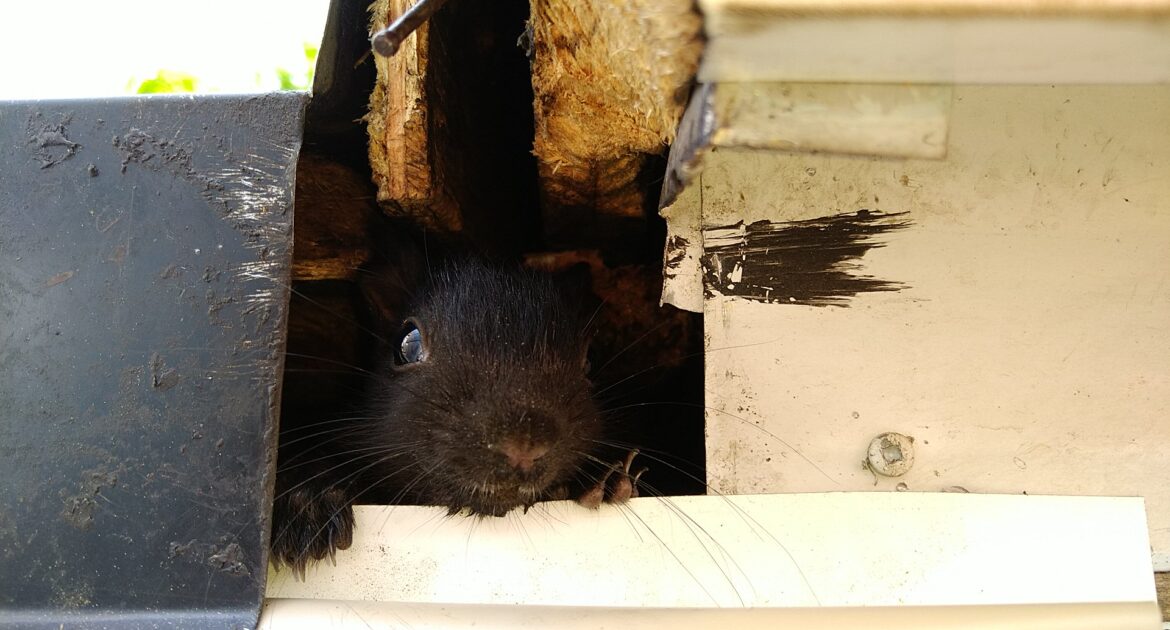You may enjoy watching squirrels scurry around your yard, but if they get into your house, their antics aren’t so amusing. Because squirrels can cause damage to your home and attempting to handle them yourself can be dangerous, the best thing to do if you believe they have invaded your home is to call for professional squirrel removal. Tree squirrels usually enter a residence via the roof, so you are most likely to find them in the attic.
While squirrels often announce their presence by scampering around and making noise, it is possible to have squirrels and not know it. Here are some signs that you should pay attention to.
Stores of Food
Because tree squirrels don’t hibernate, they put aside a supply of food to sustain them during the winter. Squirrels’ primary diet consists of seeds and nuts, and they particularly love acorns. Acorns are plentiful and rich in nutrients, in addition to being small and easy to carry. They keep well when stored for long periods of time, and they are relatively soft, meaning that squirrels can eat them more quickly. All of these qualities make acorns one of a squirrel’s favourite foods.
If you find acorns or other seeds or nuts in your attic or on your roof and there isn’t another reason for them to be there, e.g., you didn’t put them there and there are no oak trees with branches overhanging your roof, chances are that squirrels are the culprits.
Strange Smells
If squirrels are living in your attic, chances are good that they are relieving themselves up there, meaning that you may have the smell of squirrel urine. Squirrels don’t look for particular places to urinate; when they have to go, they go. Squirrel urine smells strongly of ammonia, and if the rodents get into your HVAC system, the smell may circulate all through the house. If a squirrel dies inside your home, its carcass can produce another, even fouler odour as the body decomposes and gives off noxious gases.
Droppings
Squirrels are just as indiscriminate about where they defecate as where they urinate, so you may see droppings where the squirrels have been. Squirrel droppings look like small, dark pellets. Depending on the amount of moisture in a squirrel’s diet, they can be hard and spindle-shaped with pointed ends, or they can be soft and clumpy.
Contact with squirrel droppings can expose you to dangerous infectious diseases, such as the following:
- Leptospirosis
- Salmonellosis
- Tularemia
Left untreated, these conditions can be life-threatening. Wildlife control in Oshawa to remove squirrels can prevent contamination and help keep you safe from disease.
Damage to Home
If squirrels find an opening in or near the roof that they cannot quite fit through, they can use their teeth to widen the opening to get into your attic. This can compromise the integrity of the roof and allow water to leak in. Once squirrels are in your attic, they may use their teeth and claws to rip up insulation to use as nesting materials in which to raise their babies. This can affect the energy efficiency of your home by creating drafts or air leaks.
Squirrels do not need a reason to gnaw on things. Like other rodents, their front teeth are constantly growing. They are instinctually compelled to gnaw to keep filing their teeth down. Anything hard will serve this purpose. For example, squirrels have been known to chew on roof beams and electrical wires. The former can affect your home’s structural integrity, while the latter can pose a risk of electrical fires.
Skedaddle Humane Wildlife Control for Squirrel Removal
These signs may have you wondering, “Where can I find squirrel removal near me?” Call Skedaddle to have the squirrels humanely removed and excluded from your home, and the areas where they have been cleaned and decontaminated.




